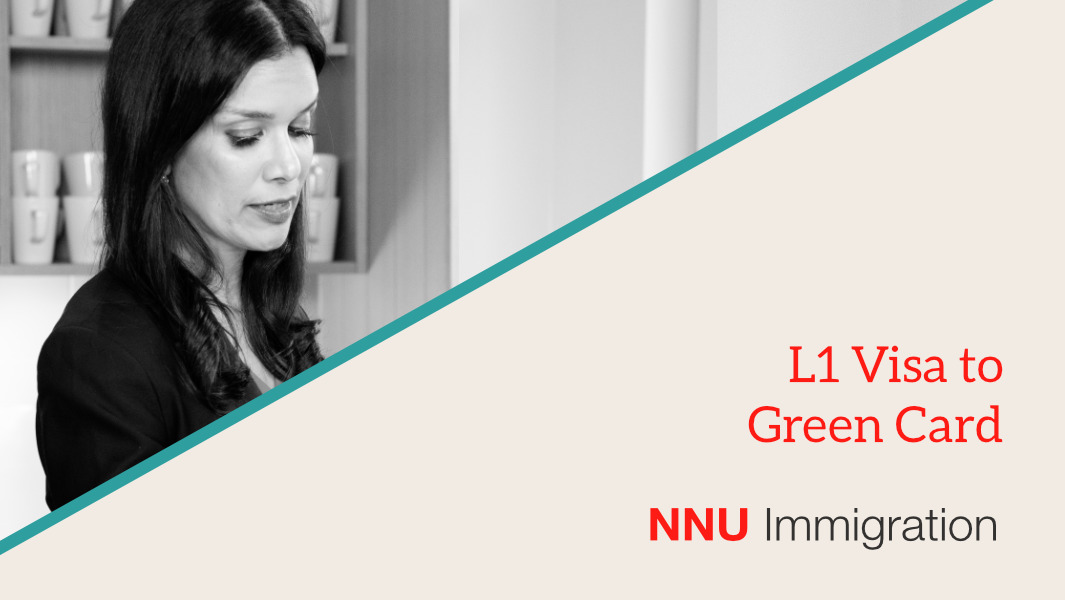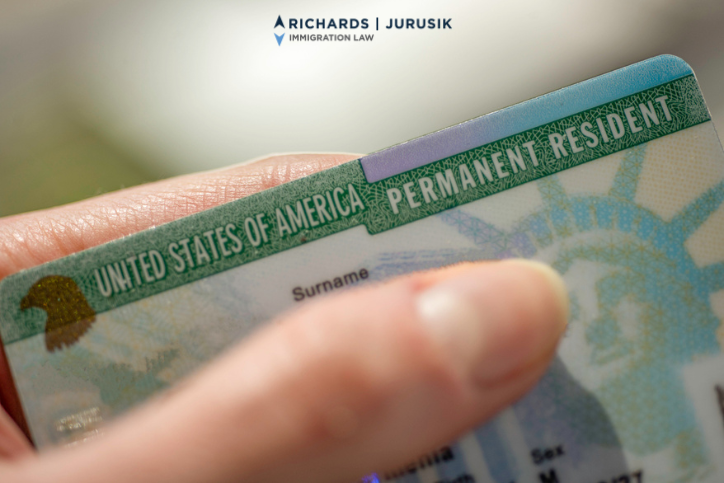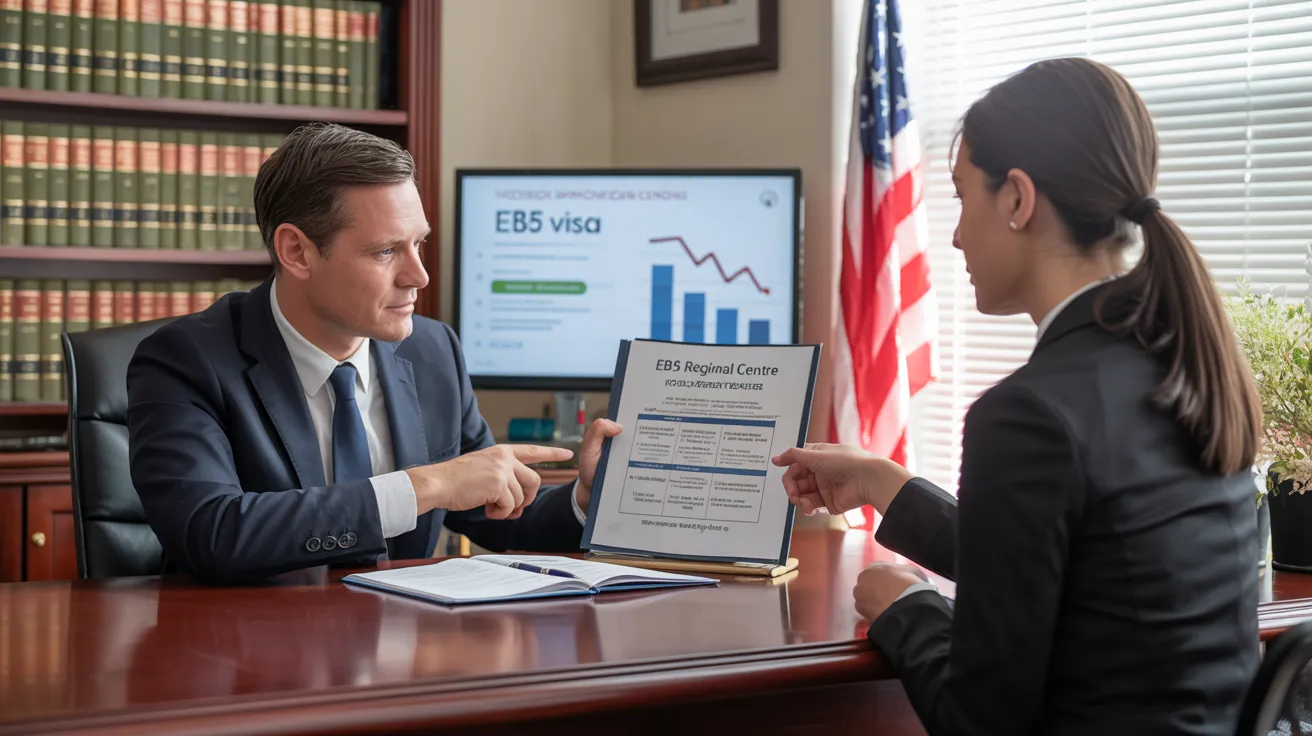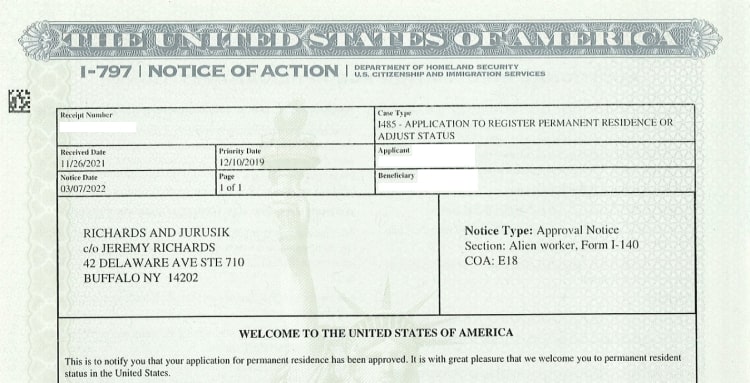L1 Visa Timeline
The Best Strategy To Use For L1 Visa
Table of ContentsOur L1 Visa DiariesRumored Buzz on L1 VisaGetting My L1 copyright WorkTop Guidelines Of L1 VisaThe Main Principles Of L1 Visa The 3-Minute Rule for L1 Visa
Offered from ProQuest Dissertations & Theses Worldwide; Social Scientific Research Premium Collection. (2074816399). (PDF). Congress. (PDF). DHS Workplace of the Assessor General. (PDF). (PDF). "Nonimmigrant Visa Data". Retrieved 2023-03-26. Department of Homeland Security Workplace of the Examiner General, "Evaluation of Susceptabilities and Potential Abuses of the L-1 Visa Program," "A Mainframe-Size Visa Loophole".
U.S. Division of State. Obtained 2023-02-08. Tamen, Joan Fleischer (August 10, 2013).
See This Report about L1 Visa
In order to be eligible for the L-1 visa, the international business abroad where the Beneficiary was utilized and the United state firm have to have a qualifying connection at the time of the transfer. The different types of certifying connections are: 1.
Instance 1: Company A is integrated in France and utilizes the Recipient. Business B is integrated in the united state and intends to seek the Beneficiary. Company A possesses 100% of the shares of Firm B.Company A is the Parent and Firm B is a subsidiary. There is a certifying relationship in between the 2 companies and Business B need to be able to sponsor the Recipient.
Instance 2: Firm A is included in the U - L1 Visa.S. and wants to petition the Recipient. Company B is incorporated in Indonesia and employs the Recipient. Company An owns 40% of Business B. The remaining 60% is possessed and controlled by Business C, which has no relationship to Firm A.Since Firm A and B do not have a parent-subsidiary relationship, Firm A can not fund the Recipient for L-1.
Instance 3: Business A is incorporated in the U.S. and desires to request the Recipient. Firm B is included in Indonesia and utilizes the Beneficiary. Company An owns 40% of Firm B. The continuing to be 60% is had by Business C, which has no relationship to Firm A. However, Firm A, by official arrangement, controls and full manages Company B.Since Company An owns less than 50% of Firm B yet manages and manages the business, there is a certifying parent-subsidiary partnership and Company A can fund the Beneficiary for L-1.
Not known Incorrect Statements About L1 Visa
Company B is integrated in the United state
6 Easy Facts About L1 Visa Explained

The L-1 visa is an employment-based visa group developed by Congress in 1970, permitting international companies to transfer their supervisors, executives, or key employees to their U.S. operations. It is frequently described as the intracompany transferee visa. There are 2 primary sorts of L-1 visas: L-1A and L-1B. These types are appropriate for employees employed in various placements within a business.

Furthermore, the beneficiary has to have functioned in a supervisory, exec, or specialized staff member position for one year within the three years coming before the L-1A application in the foreign company. For new workplace applications, foreign employment should have remained in a managerial or executive capacity if the beneficiary is pertaining to the United States to function as a supervisor or exec.
L1 Visa - An Overview

If granted for an U.S. firm operational for more than one year, the initial L-1B visa is for as much as 3 years and can be extended for an added two years (L1 Visa). On the other hand, if the U.S. company is newly developed or has been operational for less than one year, the first L-1B visa is provided for one year, with extensions offered in two-year increments
The L-1 visa is an employment-based visa category developed by Congress in 1970, enabling multinational companies to move their supervisors, execs, or crucial employees to their United state operations. It is commonly referred to as the intracompany transferee visa.
Some Ideas on L1 Visa You Should Know
Additionally, the beneficiary should have functioned in a supervisory, exec, or specialized worker placement for one click here year within the three years preceding the L-1A application in the international firm. For brand-new office applications, foreign employment needs to have remained in a managerial or executive ability if the recipient is coming to the United States to function as a manager or exec.
for up to seven years to supervise the procedures of the united find out more state associate as an exec or manager. If provided for an U.S. company that has been operational for greater than one year, the L-1A visa is at first granted for up to 3 years and can be extended in two-year increments.
If approved for an U.S. business functional for greater than one year, the initial L-1B visa is for as much as three years and can be prolonged for an added 2 years. Alternatively, if the united state company is recently developed or has been operational for much less than one year, the first L-1B visa is provided for one year, with extensions available in two-year increments.